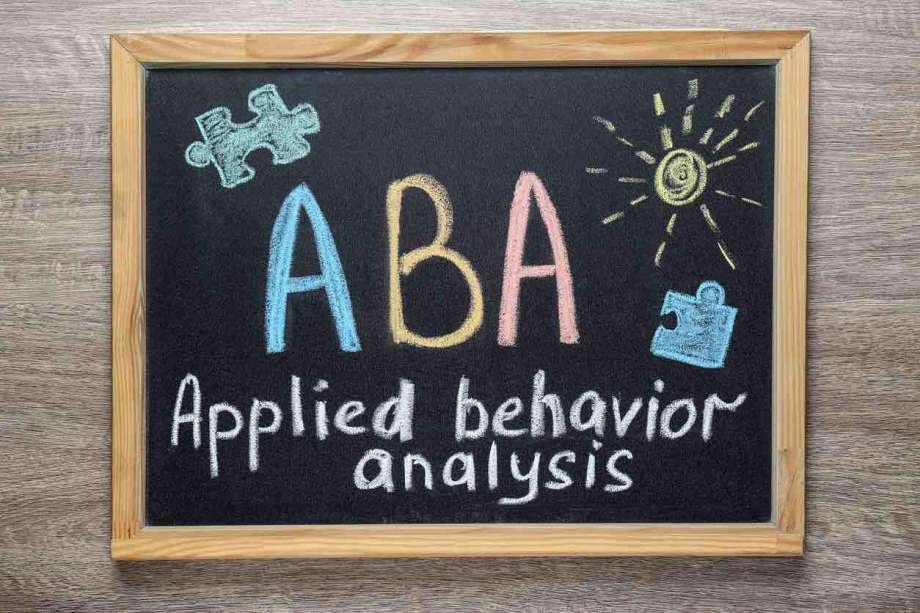Applied Behavior Analysis (ABA) Treatment for ASD

Applied Behavior Analysis (ABA) Treatment for ASD
This has proven to be the most effective way to teach young children with autism spectrum disorders (ASD). Specific skills are taught by breaking them into small steps, teaching each step one at a time, building on the previous one. Different methods are used to help the child learn, such as prompting (helping the child by guiding him through the desired response), shaping, and rewarding (for correct responses). Applied behavior analysis (ABA) has been used for many years to successfully teach individuals of varying abilities, and can be used to teach in all skill areas, including academic, self-help skills, speech and language, and socially appropriate behavior.
B.F. Skinner is the grandfather of ABA, thanks to his study of "operant conditioning" and his book The Behavior of Organisms published in 1938. ABA is based on the theory that all learned behaviors have an antecedent (what happened before the behavior was exhibited) and a consequence (what happened after the behavior was exhibited) and that all such behavior is shaped by the consequences of our actions, meaning that we are motivated by the consequence to repeat that behavior. For example, most adults work because they are rewarded by a wage or salary. If they stopped receiving that wage, they would stop working.
Some of the terms used in ABA include:
- Task analysis. This consists of analyzing a skill or task that needs to be taught, by identifying each step of the skill, and which steps the person needs to learn. For example, if teaching someone at home how to set the table, you would analyze the whole sequence: walking to the cupboard, opening the cupboard with the right hand, picking up a plate with the left hand, closing the cupboard with the right hand, walking to the table, and so on.
- Discrete trial teaching (DTT). This is a method of teaching that is very systematic and consists of the teacher's presentation or request,the child's response, and the consequence to that response (i.e., a reward if correct); a short pause, and then the next trial. Each trial is "discrete"—that is to say, separate—so it is clear what is being requested of the child, and what is being rewarded.
- The Lovaas method. This is an intensive ABA program, aimed at preschool children, developed by Dr. O. Ivar Lovaas at the UCLA Young Autism Project. In 1987 Lovaas published a study that showed dramatic results on nineteen children with autism who had received intensive ABA therapy: the average gain in IQ was twenty points, and 47 percent of the children (nine of them) completed first grade in a mainstream class. In 1993, eight of the nine were still enrolled in mainstream classes and had lost none of their skills.
- Verbal behavior therapy. This is ABA therapy as it pertains to language behavior and is based on Skinner's behavioral analysis of language.
- Errorless learning (no-mistake learning). When a new behavior is taught it is important for the student to be successful from the beginning. Thus, teachers prompt a successful behavior, phyically motoring the student through if necessary. The prompts are gradually removed so that the behavior will eventually occur simply in response to a request or some other cue.
Care should be taken when choosing ABA providers. For more information on board-certified providers, go to the Behavior Analyst Certification Board's website (www.bacb.com). Listed are a few well-known ABA providers who provide services nationally and internationally. Contact them for more information about whether or not they provide services in your area.